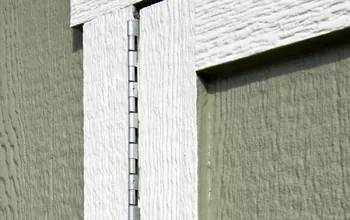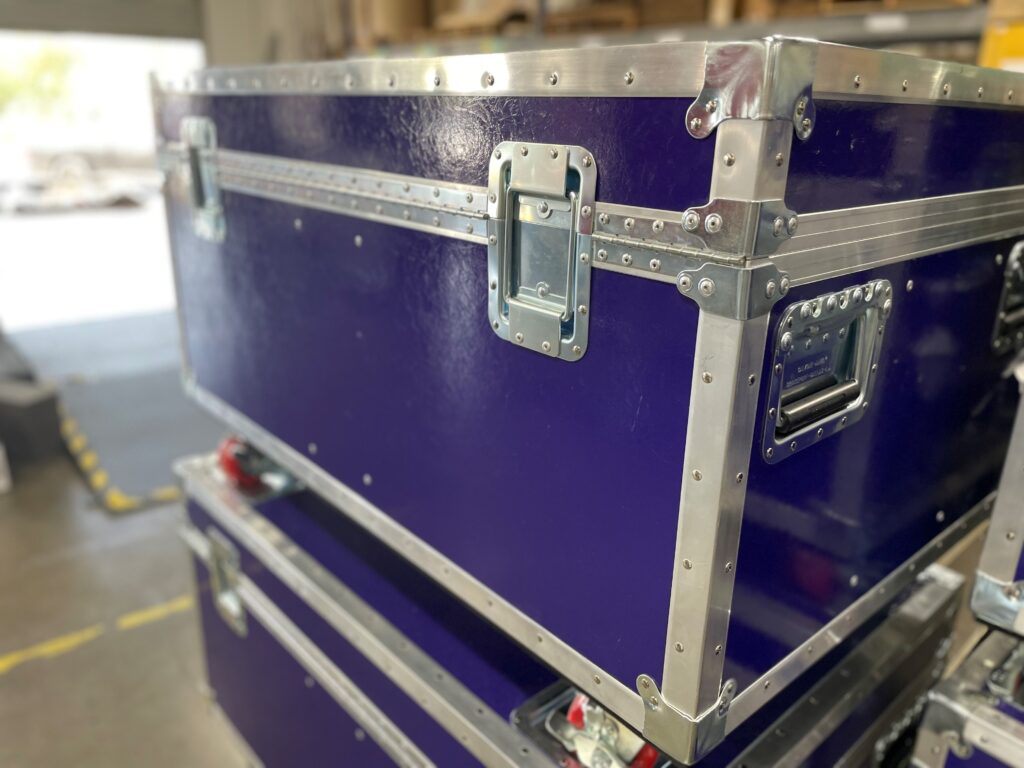
The piano hinge, also known as a continuous hinge, has a long and varied history. Some sources trace the origins of the piano hinge back to ancient Egyptian times, where they were used to attach doors to tombs and other structures. Others attribute the invention of the piano hinge to Leonardo da Vinci, who is said to have designed a similar hinge in the 15th century.
Despite its ancient origins, the piano hinge as we know it today did not become widely used until the 19th century. During this time, the industrial revolution brought about new manufacturing techniques that made it possible to mass-produce these hinges. The piano hinge became particularly popular in the furniture and cabinetmaking industry, where it was used to attach doors and lids to cabinets and other pieces of furniture.
Today, piano hinges are used in a wide range of applications and have become an essential component of woodworking projects, offering a range of benefits that make them a popular choice among woodworkers. These long, narrow hinges allow doors and lids to open smoothly and stay securely in place, while also providing a sleek and unobtrusive look.
Piano Hinge Strength and Durability
I believe that one of the main benefits of using piano hinges is their strength and durability. These hinges are typically made of metal, and can handle the weight of even the heaviest doors and lids. This makes them ideal for use in applications where the door or lid will be subject to a lot of use or will need to hold heavy items. These hinges are available in pre drilled and also weld-on versions.
Versatility of the Piano Hinge
In addition to their strength, I find that piano hinges also offer a high level of versatility. Piano hinges can be cut to any length and are available in a range of sizes and styles, making them suitable for a wide range of woodworking projects. They can be used to attach doors to cabinets, drawers to desks, and lids to boxes, among many other applications.
Installation of Piano Hinges
Another benefit of using piano hinges is their easy installation. These hinges come with pre-drilled holes, making it quick and straightforward to attach them to your woodworking project.
Piano hinges also offer a sleek and elegant appearance that can enhance the overall look of your woodworking project. These hinges are typically made with a narrow profile and are designed to blend in with the surrounding woodwork, creating a seamless and cohesive appearance. This makes them a popular choice for high-end furniture and cabinetry.
Overall, piano hinges offer a range of benefits that make them a valuable addition to any woodworking project. Their strength, versatility, ease of installation, and elegant appearance make them a popular choice among woodworkers.















 Do Not Sell My Personal Information
Do Not Sell My Personal Information